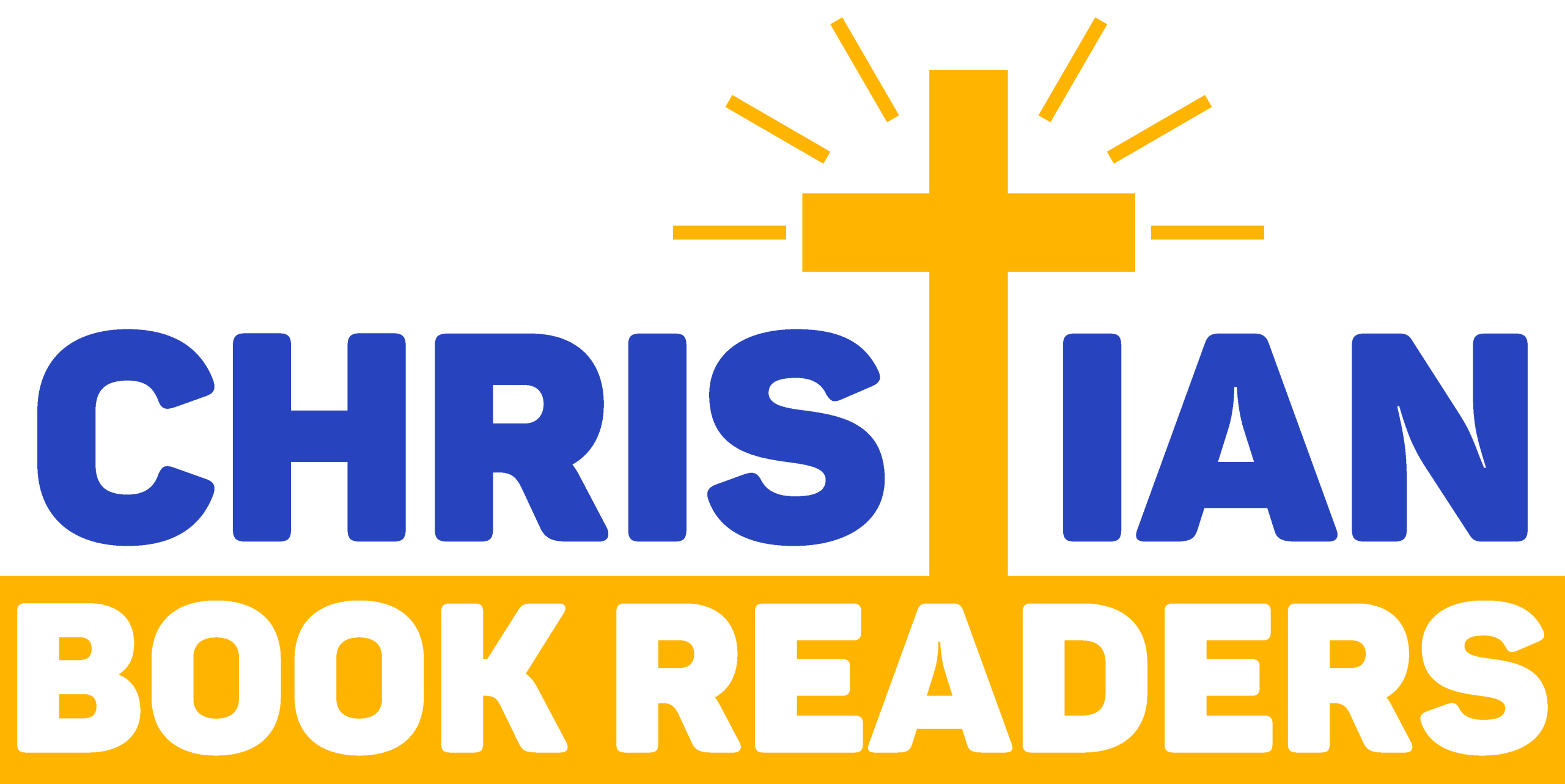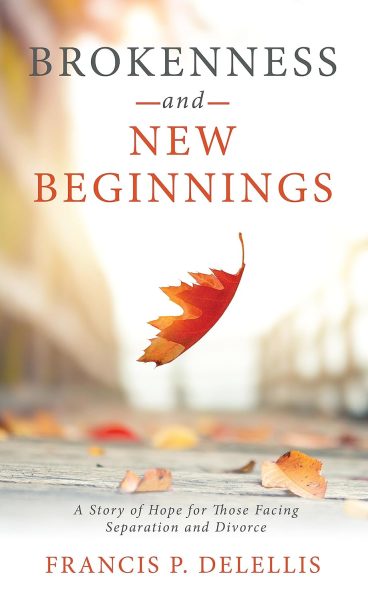Several years ago, my husband was scheduled a few months out for surgery to treat achalasia, an autoimmune esophageal disorder that progressively impairs swallowing. In the interim, he took a celebratory trip back east with his daughter, eating indulgent fare like lobster and Ben & Jerry’s ice cream. Upon his return, his symptoms took a terrifying turn. He suddenly couldn’t even swallow his own saliva!
We went to a nearby emergency room (ER) for what should have been a straightforward procedure: placing a nasogastric (N-G) tube. An N-G tube is a thin tube inserted through the nose into the stomach to relieve pressure or deliver nutrition. Unfortunately, what followed was anything but straightforward.
The medical system failed us at every turn. Despite my protests, he was given unnecessary medications and not an N-G tube. He was admitted to the hospital and underwent a different procedure, which was botched, leaving him in excruciating pain. The resulting pain medications caused nausea, compounding his already serious condition.
After days deteriorating in the hospital, my husband finally got an N-G tube and was discharged. However, at home, he couldn’t keep the tube down due to the nausea. While waiting for his surgeon’s staff to discuss his situation and call me back, he started shaking with rigors. I took him to the hospital ER where his surgery was scheduled—still a week out. While I was checking him in, his eyes rolled back in his head, and he collapsed. The ER attendant grabbed his wheelchair and raced him back, yelling “Code Assist,” which means ‘All hands on deck.’
As her shouts faded, I was left wondering: Did he just die?
In that moment, everything else faded. I wasn’t worried about his nutrition. All I could do was pray that he would survive.











